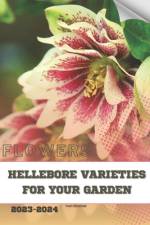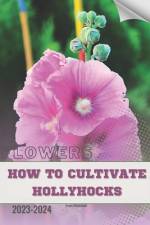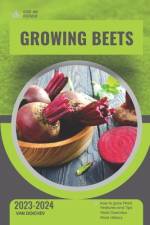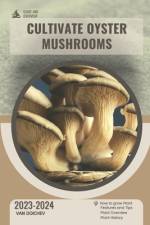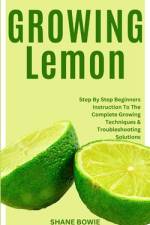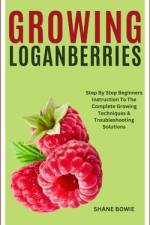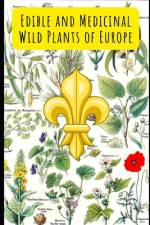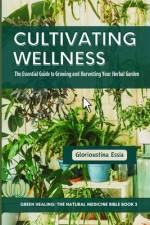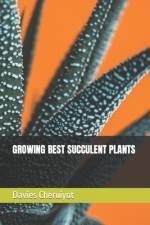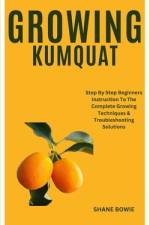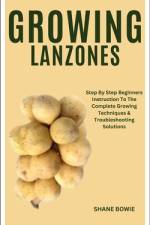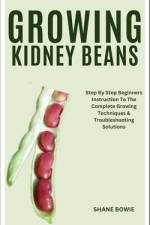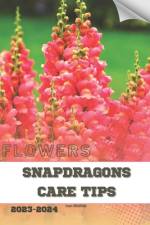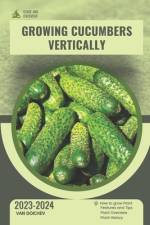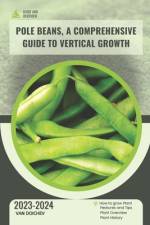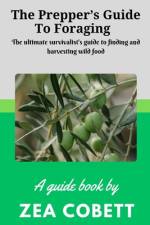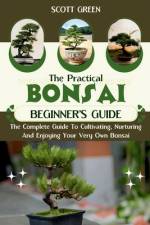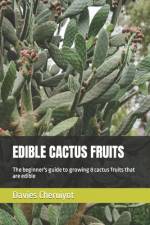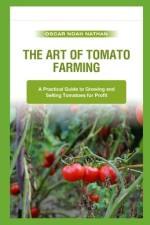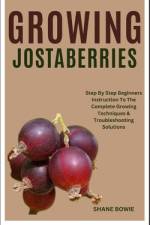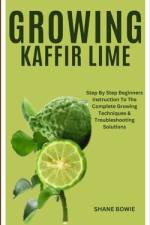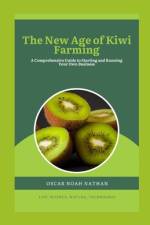- A Comprehensive Guide to Starting and Running Your Own Business
av Oscar Noah Nathan
235,-
The New Age of Kiwi Farming: A Comprehensive Guide to Starting and Running Your Own Business" is an invaluable resource for individuals looking to venture into the world of Kiwi farming and establish a successful agricultural business. This comprehensive guide provides a step-by-step approach to help aspiring farmers navigate the complexities of starting and managing their own Kiwi farm.The book begins by offering a detailed analysis of the Kiwi farming industry, including market trends, competition, and potential profitability. This information equips readers with a solid understanding of the business landscape, helping them make informed decisions and develop a robust business plan tailored to their specific goals and target market.With a strong emphasis on effective management strategies, the guide dives into the essential elements of running a successful Kiwi farming operation. Readers will discover the importance of establishing efficient processes, implementing sustainable practices, and embracing technological advancements in order to increase productivity, minimize costs, and promote environmental stewardship. The book also delves into the critical relationships that farmers need to cultivate with suppliers, customers, and other industry stakeholders to unlock growth opportunities and gain competitive advantages.Sustainability is a key theme throughout the book, emphasizing the significance of adopting environmentally-friendly practices in Kiwi farming. Readers will gain insights into organic farming techniques, water conservation strategies, and the utilization of renewable energy sources. By embracing these sustainable approaches, farmers can not only contribute to the preservation of natural resources but also meet the rising consumer demand for eco-friendly agricultural products.Financial planning is another essential aspect covered extensively in the guide. Readers will learn how to manage their finances effectively, including budgeting, cash flow management, and strategic investment decisions. The book goes a step further by delving into the realm of accessing loans and grants to provide additional capital for expansion and the implementation of new technologies, equipment, and infrastructure. Readers will gain valuable insights into the loan and grant application process, including assessing loan requirements, improving creditworthiness, researching lenders, preparing necessary documentation, and developing a compelling business plan that increases their chances of securing financial support.Written in a clear and accessible manner, "The New Age of Kiwi Farming" is suitable for both beginners in agriculture and experienced farmers seeking to diversify their operations. The book is filled with practical tips, real-world examples, and case studies that bring the concepts to life and help readers apply them to their own farming ventures. Moreover, the inclusion of expert advice, industry best practices, and regulatory considerations ensures that this guide covers all the essential elements for aspiring Kiwi farmers to succeed in this ever-evolving industry."The New Age of Kiwi Farming: A Comprehensive Guide to Starting and Running Your Own Business" is a must-have resource for anyone looking to embark on the rewarding journey of Kiwi farming. Whether it's establishing a new farm from scratch or improving an existing operation, this book serves as a trusted companion, offering valuable insights, practical guidance, and the knowledge needed to thrive in this exciting and lucrative field.

